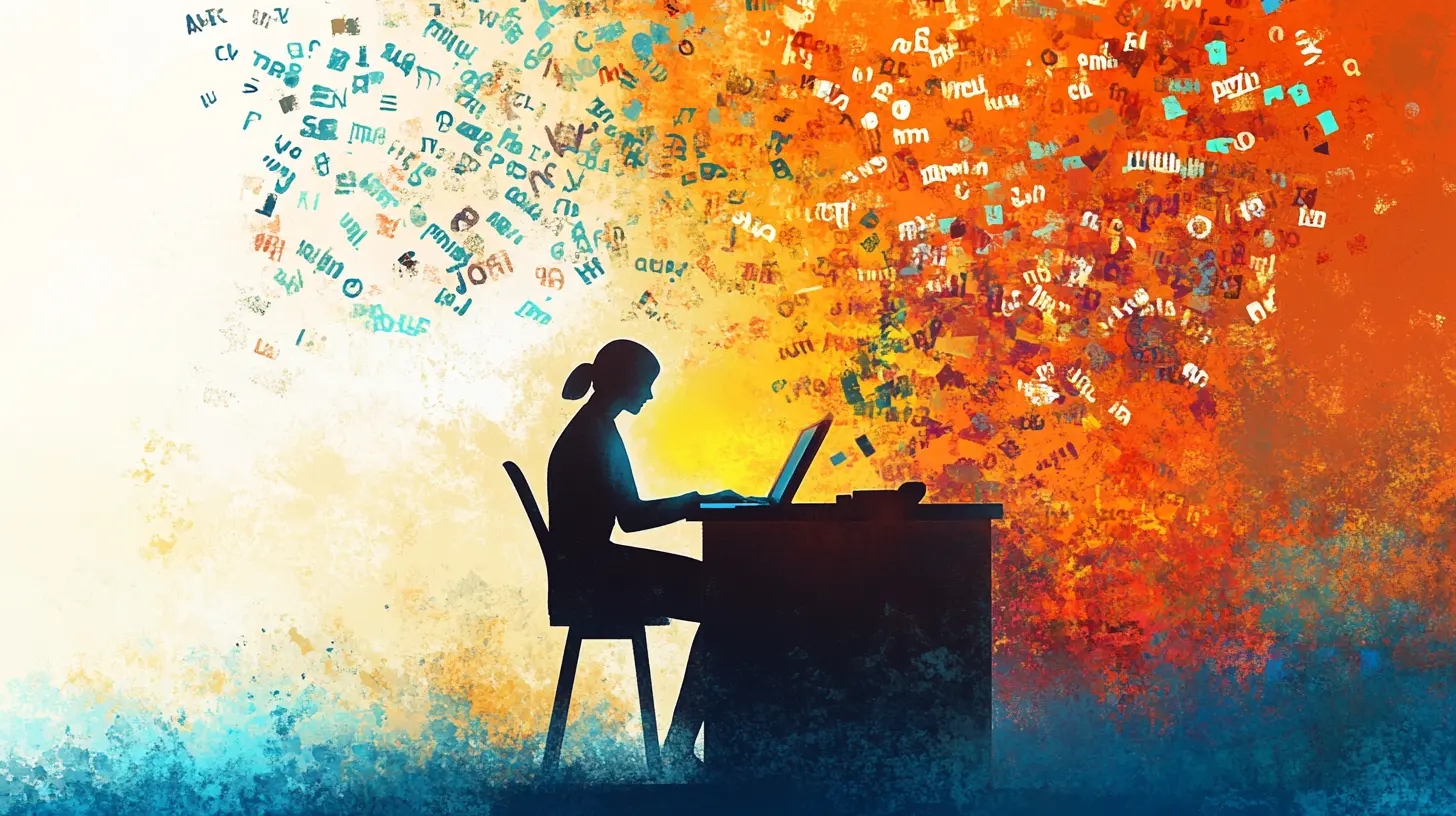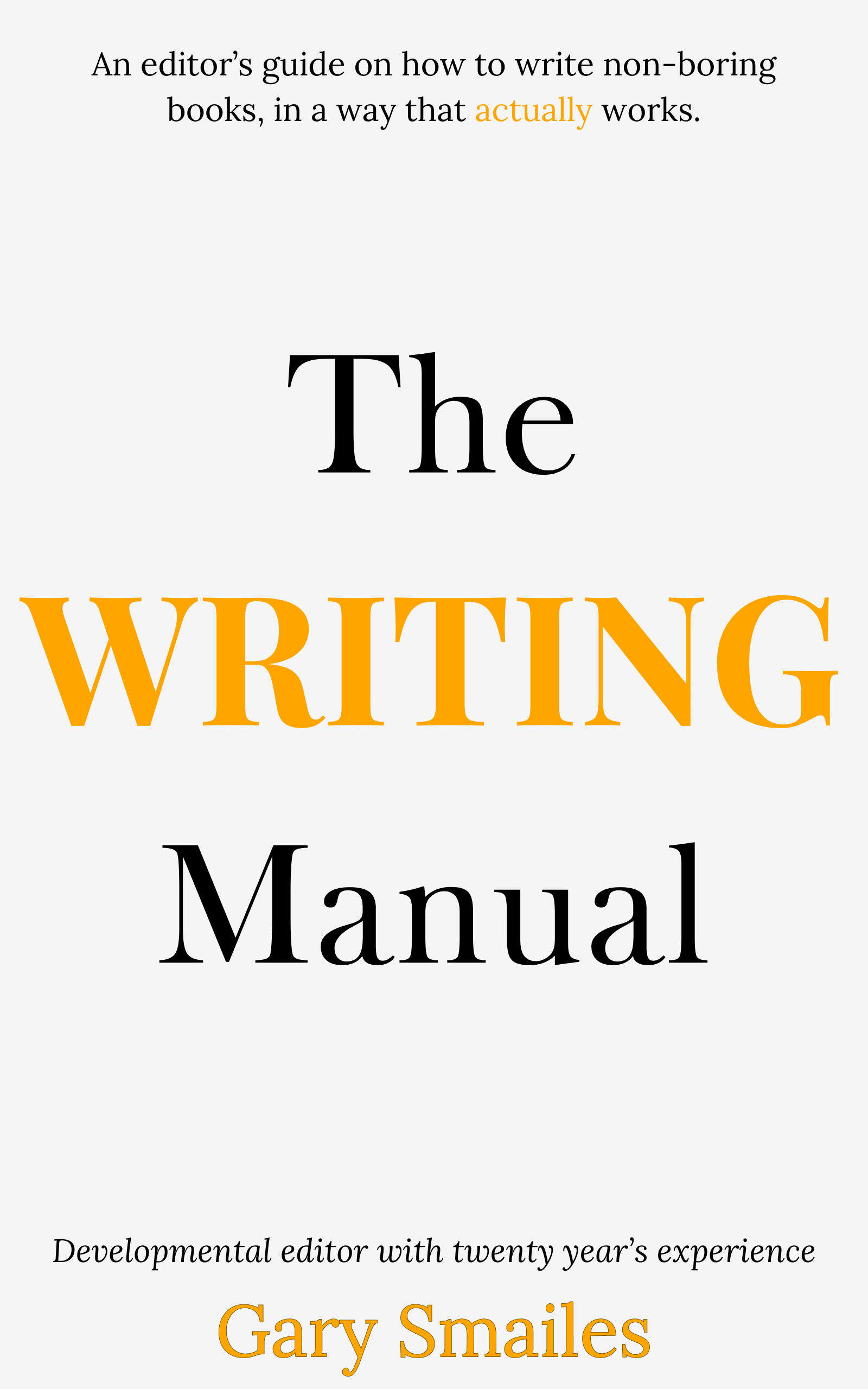



When it comes to preparing a manuscript for publication, understanding the roles of a book editor and a proofreader is essential. Both professionals play crucial parts in the journey from draft to finished book, but their responsibilities and impacts on the manuscript differ significantly.
Many writers often confuse these roles or use the terms interchangeably. This can lead to misunderstanding and miscommunication, potentially affecting the quality of the final product. Knowing the distinction between a book editor and a proofreader can help writers make informed decisions about the kind of professional help they need at different stages of the writing process.
To clear up any confusion, let's explore the unique functions of both a book editor and a proofreader. A common misconception is that both roles are the same, but their tasks and the timing of their involvement in the publishing process set them apart. Let's delve into these differences and shed light on what each role contributes to polishing a manuscript.
Table of Contents
A book editor is tasked with improving the overall quality of a manuscript. This includes several types of editing:
The stages of editing usually begin with developmental editing, followed by copy editing, and finally, line editing, ensuring the manuscript is polished at every level.
A proofreader’s primary role is to catch any remaining errors after the editing process is complete. This includes checking for:
Proofreading is the final step before publication, ensuring that the manuscript is free from minor mistakes and ready for the readers.
While both editors and proofreaders aim to improve the quality of a manuscript, their roles and the timing of their involvement are quite distinct. Here are the key differences:
No, a proofreader is not the same as an editor. While both roles aim to improve the quality of a manuscript, editors focus on big-picture elements like structure, plot, and character development, whereas proofreaders concentrate on correcting minor errors such as grammar, spelling, and punctuation.
An editor's role involves improving the narrative structure, character development, tone, and style of a manuscript. They provide in-depth feedback and help refine the overall story. A proofreader's role is to catch and correct minor errors such as grammar, spelling, punctuation, and typographical errors, ensuring the manuscript is polished and ready for publication.
You should edit first and proofread later. Editing is done in the early to middle stages of the writing process to refine the manuscript's structure, plot, and characters. Proofreading is the final step before publication, focusing on correcting minor errors.
A book editor works on enhancing the overall quality of a manuscript by providing feedback on plot, character development, pacing, and narrative style. They help shape the manuscript into its best possible form, ensuring coherence, consistency, and engagement throughout the story. For more detailed information, you can read about it here.
Knowing when to hire an editor versus a proofreader can save time and ensure your manuscript receives the attention it needs at the right stages. Here’s a guide to help you decide:
Consider hiring an editor in the following situations:
Hire a proofreader under these circumstances:
Both editors and proofreaders bring unique skill sets to the table, tailored to their specific roles in the manuscript refinement process. Here’s a breakdown of the essential skills for each:
The contributions of editors and proofreaders significantly enhance the quality and readability of a manuscript. Let's look at how each role impacts the final product:
Both editors and proofreaders play crucial roles in transforming a manuscript into a polished, high-quality piece of writing. Their combined efforts ensure that the final product is not only engaging but also free from errors, providing a seamless experience for readers.
No, a proofreader is not the same as an editor. While both roles aim to improve the quality of a manuscript, editors focus on big-picture elements like structure, plot, and character development, whereas proofreaders concentrate on correcting minor errors such as grammar, spelling, and punctuation.
An editor's role involves improving the narrative structure, character development, tone, and style of a manuscript. They provide in-depth feedback and help refine the overall story. A proofreader's role is to catch and correct minor errors such as grammar, spelling, punctuation, and typographical errors, ensuring the manuscript is polished and ready for publication.
You should edit first and proofread later. Editing is done in the early to middle stages of the writing process to refine the manuscript's structure, plot, and characters. Proofreading is the final step before publication, focusing on correcting minor errors.
A book editor works on enhancing the overall quality of a manuscript by providing feedback on plot, character development, pacing, and narrative style. They help shape the manuscript into its best possible form, ensuring coherence, consistency, and engagement throughout the story. For more detailed information, you can read about it here.
Understanding the distinct roles of editors and proofreaders can significantly improve the quality of your manuscript. Editors bring a keen eye for structure, character development, and overall narrative coherence, making substantial revisions that elevate the story. Proofreaders, on the other hand, ensure the final manuscript is free from minor errors, providing a polished and professional finish.
By knowing when to hire an editor versus a proofreader and appreciating the skills each brings to the table, writers can make informed decisions that enhance their work at every stage. Whether you're in the early drafts or preparing for publication, the contributions of both editors and proofreaders are invaluable in creating a compelling and error-free manuscript.

Claim your free eBook today and join over 25,000 writers who have read and benefited from this ebook.
'It is probably one of the best books on writing I've read so far.' Miz Bent